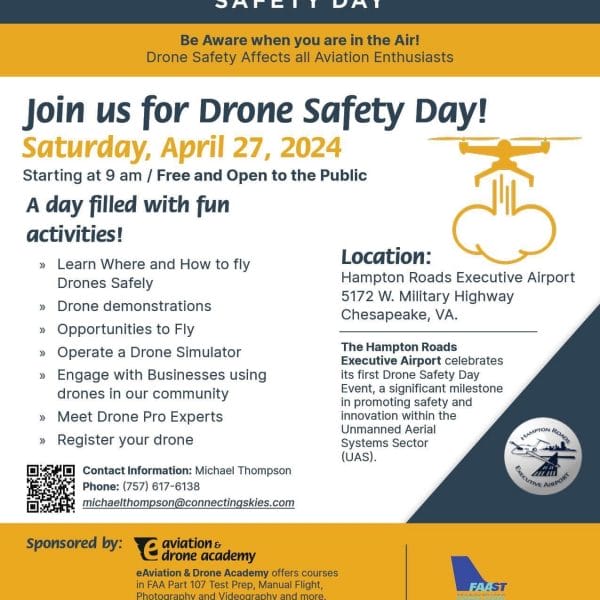Guest Post: Not Just A Bump On The Head. Understanding Concussions.
Tidewater Physical Therapy is an advertising partner of MyActiveChild.com.

Renee Midgett PT, DPT, is Clinical Director of the Tidewater Physical Therapy Battlefield Clinic. She is Direct Access certified and can see patients without a prescription from a physician.
From the sidelines, any bump or tumble your children take on their fields of play, whether football, field hockey or lacrosse, makes you shudder. No mom wants her child to get hurt.
When they do get hurt, after you learn they are stable and will be ok, most moms want to know more about what happened and how to avoid future accidents. Side effects of an injury and what needs to be done to nurse children back to health are paramount concerns.
Recognizing that children play sports, all year long, concussions are one of the most common injuries in young athletes and one of the most misunderstood.
What exactly is a concussion?
A concussion is a brain injury that occurs when the brain is shaken inside of the skull. The shakeup causes changes in the brain’s chemistry and energy supply, usually from a direct blow to the head or an indirect blow such as whiplash.
The most common concussions are sports-related; with nearly 3.8 million people a year suffering from the injury, according to the Centers for Disease Control and Prevention.
In fact, a 2012 study by the National Academy of Sciences (NAS) found that the highest rate of concussions for high school athletes is for football players at 11.2 concussions per 10,000 athletic exposures. For girls in high school, gymnastics with seven concussions per 10,000 athletic exposures, and soccer with 6.7 per 10,000 athletic exposures were the sports with the highest rates, according to USA Today.
It’s true that young athletes can recover from a concussion within two weeks of the injury. But in 10 to 20 percent of the cases, concussion symptoms persist for some weeks, months, or even years.
How exactly does physical therapy come in during the treatment and recovery from concussions?
Treating a concussion for the young athlete involves removal from play, caring for the injury appropriately in both the acute stage and during the recovery process. Return to play is only when he or she has recovered demonstrably and is no longer having any symptoms.
The American Physical Therapy Association’s Board of Directors has stated that concussions should be evaluated and managed by a multi-disciplinary team of licensed health care professionals, including physical therapists.
Physical therapists can and do help design a treatment plan for the individual condition. A treatment plan from a physical therapist for athletes could include an examination of neck problems to reduce headaches to helping improve balance and curtailing dizziness.
As concussion symptoms improve, a physical therapist will help a patient resume physical activity when it’s appropriate and over a gradual period.





